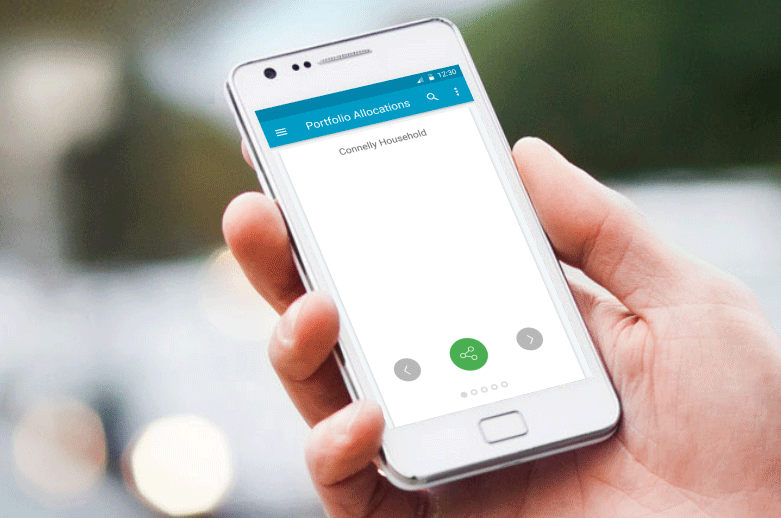From pocket dictionaries to augmented reality games, there are a lot of applications floating around freely in the world. And while the majority of them have nowhere near the reach of some of the most popular apps, they still have access to a considerable amount of consumer data.
App developers have done much less than what they could with this data except utilizing it to address user complaints or providing incremental updates to the user experience.
The app market is projected to grow to $189 billion by 2020. It’s time that app designers and publishers figured out new and improved ways to use the data they have gathered. It will help them create immersive customer experiences that will keep users in the app-loop for as long as possible.
Competition is cutthroat, and companies are using the best technologies to keep customers hooked. Patience for low-quality or spam apps is zero.
Stats and Trends
A survey of Digital Market Trends conducted by Econsultancy highlighted one important fact about ‘big dog’ business franchises. Almost all of these companies considered customer experience as the most exciting opportunity of 2017.
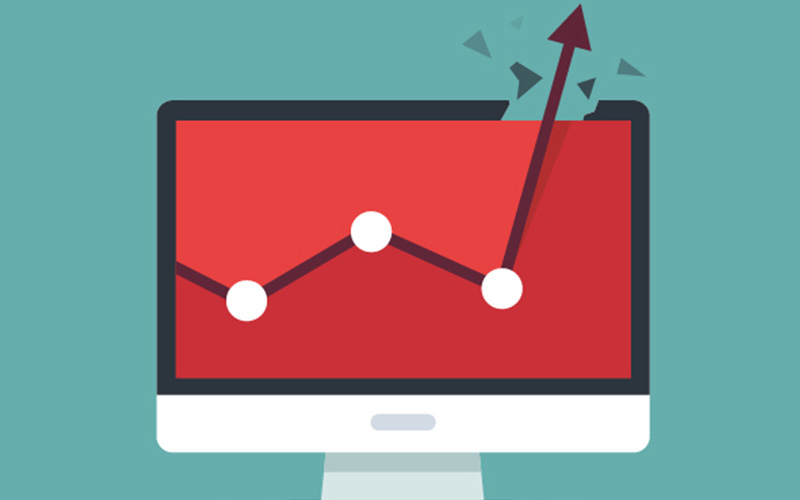
Undoubtedly, the consumer experience has superseded mobile and content marketing as
the secret of e-business success for entrepreneurs. Many app publishers and developers at the moment are
moving to subscription-based models to create a steady revenue system. But to be successful, these apps
have to be able to maintain their value.
Data Provides Direction
There are various ways in which applications can use the information they collect to enhance user experience. Fitness apps, for example, could optimize a user’s workout based on their health statement and any other form of data that has either been tracked by wearable devices or entered by the consumer herself.
They could also use machine learning to generate customized workouts, similar to the Optimize Fitness app. By utilizing data to manage workouts suited to each user, these
types of software programs are better able to show their worth to the consumer, ensuring continuity of
use.
This isn’t limited to fitness apps only but applies to all industries. For example, Airbnb’s app
offers activity suggestions and guidebooks tailored to the upcoming stays of its users.
Poor App Performance Story
Kalei White, a Californian tech-expert, and CMO of Abstracta who lives in Uruguay narrated her horror story of dealing with a poor mobile application.
At one time while booking a flight from Vienna to Italy, on top of being slow-paced, the app pages crashed, and she couldn’t make sure if their payment had gone through the system safely. White eventually stopped using the app and lost trust in the company.
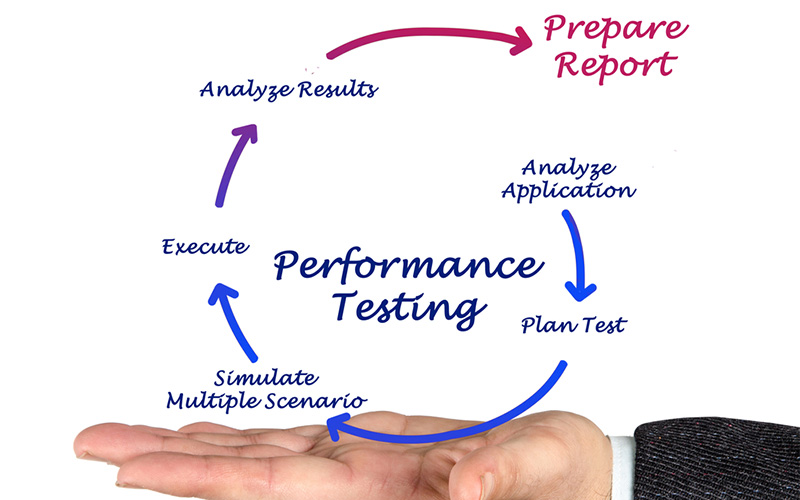
It goes to show how one negative experience a customer has with an app can seriously severe her relationship with a company. According to the findings of a 2015 mobile app user survey conducted by Dimensional Research, around 80 percent of app users will only attempt to use a problematic app thrice or less, while 36 percent said that an app with slow performance issues made them have a lower perspective of the company.
Use Data And Drive Growth
Many mobile and web apps collect sufficient amounts of data. But the key is to understand how users are interacting with your data. Unfortunately, data collection does not necessarily lead to growth.

There are many ways to use data to drive growth, but the following article will only focus on growing through the enhanced use of user experience or UX. Improving UX eventually leads to more conversions, revenues, and virality on top of a happier consumer base. Mentioned ahead is a 6 step guide on how you can use your data to improve your UX:
1. It Allows You To Get Personal
More than 85 percent of mobile marketers report success with app personalization – higher revenue, conversions, and engagement. Nowadays, customers don’t just want an app that works. They want a website or program that recognizes their interests and one that does those things seamlessly, without them even realizing it. We’re not only referring to segmentation; we are talking about singular user experience.
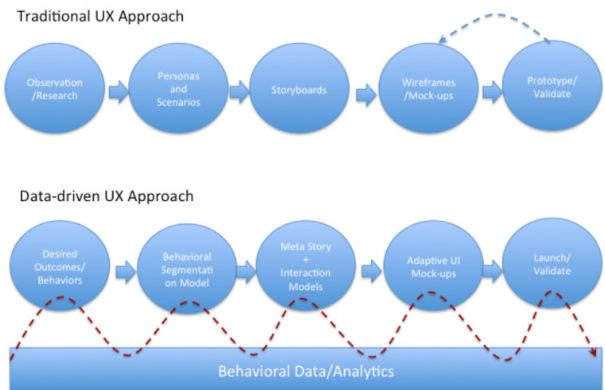
Amazon, Netflix, and Spotify have learned the art of personalization, suggesting TV shows, books, and songs that fit a user’s distinct taste. It’s not possible without analytics.
The issue is that 70% users don’t trust retailers with their data. The only way to persuade them to share is through consistent ongoing stellar CX that provides concrete benefits in return for the share.
2. Identify Pain Points In The On-boarding Process
Onboarding, more than often, constitutes the most important part of any app. Programs with well-planned onboarding experiences generate engaged users instantly.
With the multitude of apps available today, even a slightly onerous onboarding experience will result in consumers leaving your app and likely never to return.
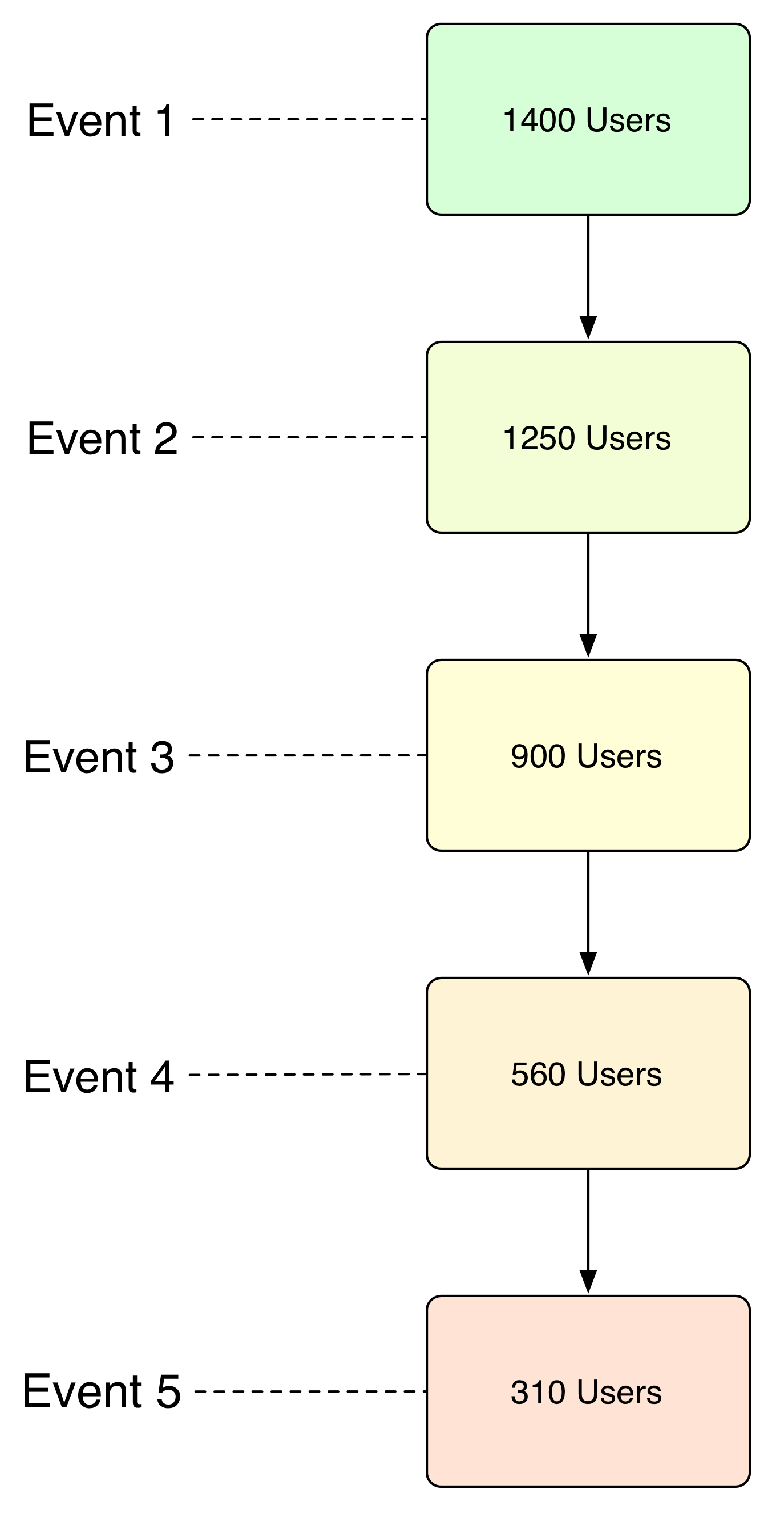
According to Appcues, “86% of users never return after
initially downloading your app.”
Providentially though, a large amount of data can be collected
regarding the onboarding experience for users. We recommend creating a funnel while analyzing each part of
the experience for a high drop-off rate.
Creating a funnel for any boarding experience requires little
effort, and we usually make them look like this:
In a nutshell, improving the conversion rate of your onboarding process even by a few percentages would result in many more consumers utilizing your application.
3. Using Predictive Analysis To Ensure Accuracy
With four mathematics and computer science degrees under his belt, including a Ph.D., Giorgos Zacharia, Chief Technology Officer of KAYAK is a leading expert at applying the hot topics of data, machine learning and analytics to a technological sphere.
As one of the world’s top travel sites, KAYAK’s main goal is to make the best applications for users to search and locate the travel product they’re looking for.
KAYAK relies heavily on the predictive analytics of price forecasting, personalization, building new products and hacker fares.

One of the products is a flight price predictor where the developers give a forecast of whether the lowest price they have seen on their flight results is likely to go up or down in the next few days. Moreover, they give users a confidence metric based on how accurate their machine has been responding in similar patterns.
By observing their data, they gathered that in a few cases, a user could save a lot of money and travel time by integrating non-aligning airlines. They show users this result that they refer to as ‘hacker fares.’ It needs two separate bookings but can save the traveler considerable time and money.
4. Use A/B Testing To Test New Products
Small differences, too, can have a significant impact on conversions and overall user experience. For instance, a SaaS company, Scalyr, increased clicks by 3x by simply changing two words on its call to action button.
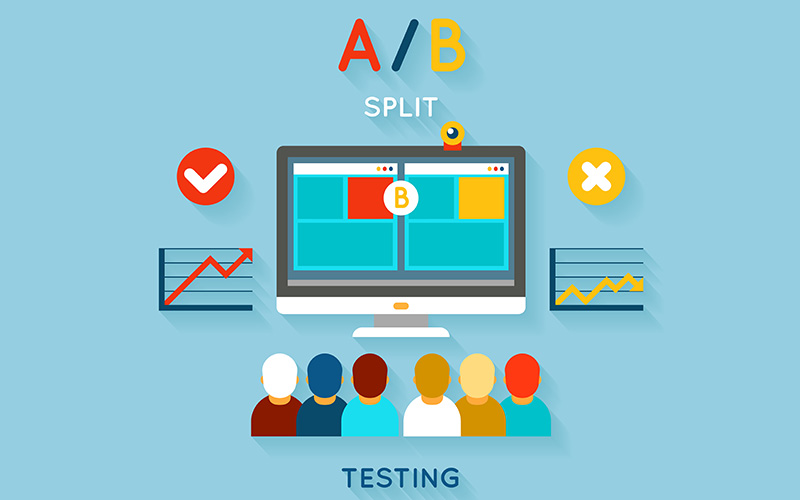
Your app development team should always be A/B testing different ways to enhance the user experience of the program. As said in the example above with Scalyr, it shows that even small alterations can give a huge lift to growth and conversions.
5. Figure Out Commonalities Amongst The Engaged Users
By carefully analyzing your data, you can easily pick out commonalities amongst your users and improve user personas. A group of specific users with commonality is called a cohort, like iPhone 6 or 7 users.
For instance, you may find that consumers tend to convert more at night or those who use iPad. This insight, in particular, gives you important information about where to find new users. If you find that users convert in a better way on iPad, run ad campaigns targeted towards iPad users.
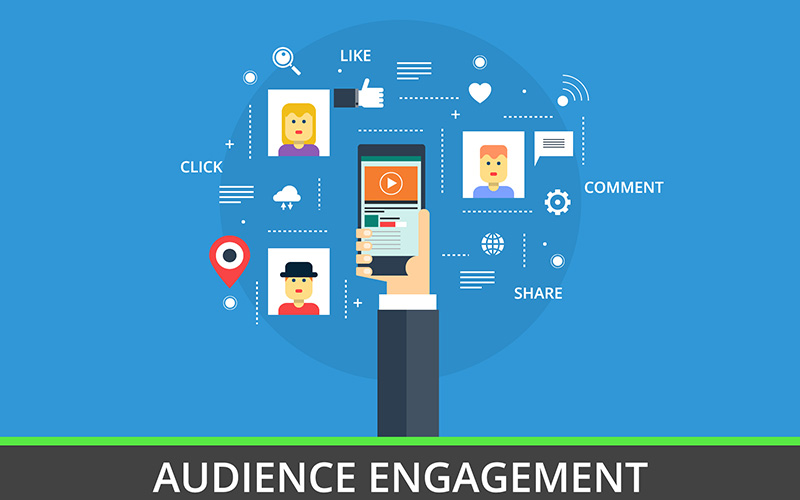
Cohorting also informs you about the consumer base that does not convert, enabling you to skip those users in your marketing efforts.
6. Conduct Thorough Research
User research, similar to A/B testing, is invaluable for testing new product concepts and changes to your application. Most consumer checks, unfortunately, occur on extremely biased samples. Your team, investors, and friends do not constitute as good candidates for a user research session.

You need to find unbiased users who don’t have a personal relationship with you or your company and listen to their feedback, even if it contradicts with what you think. A feature that your organization may love may not work with an actual app user.
All In All
When you use heaps of relevant data correctly, you automatically enable your entire development team to enhance user experience and increase growth rapidly.
Improving consumer experience is the most cost-effective way to reach your business goals. Think of your data as an important asset and use it to improve your app effectively.

